Safe Swarm Wrangling: Techniques for Removing Honey Bee Swarms
It can be quite unnerving to have large numbers of bees in your garden or around your home, especially if they establish a colony within your house or in your garden.
Removing a honey bee swarm requires delicate expertise to ensure the safety of both the bees and humans involved, often involving skilled beekeepers or professionals trained in humane swarm relocation methods
The good news is that bee nests or swarms can be safely removed or managed if you carefully follow the right procedures and seek proper help.
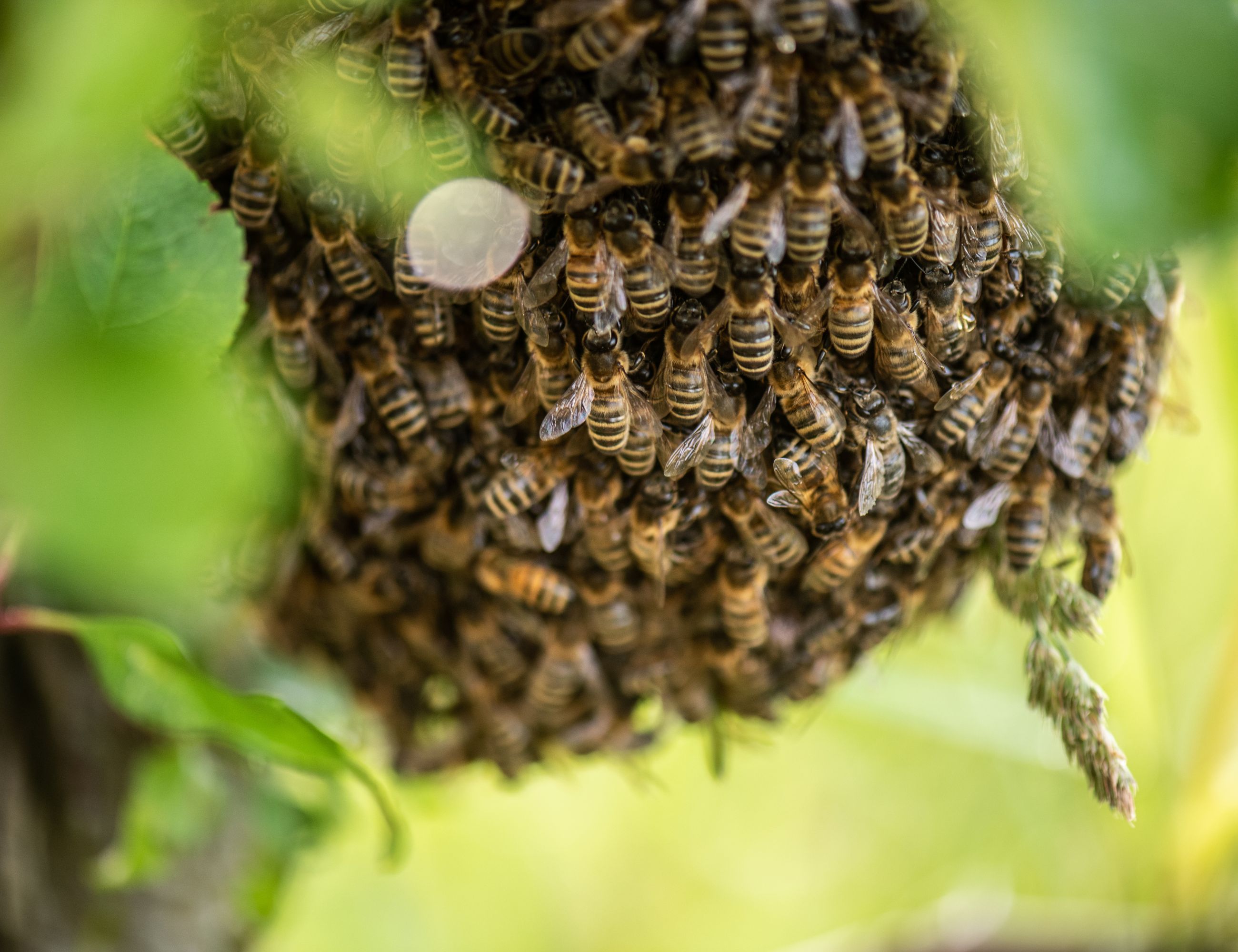
Swarming is the method used by many insects, including honey bees, to reproduce their colonies.
Normally, the old queen and approximately half the workers leave the first nest in search of a new and better home.
In many cases, this happens in spring, but bees can swarm at any other time of the year depending on local conditions.
The process starts when specialised worker bees known as “scouts” start canvassing surrounding territory for potential new nests.
A departing swarm normally consists of huge numbers of bees numbering anything from 5, 000 to 20, 000 that seem to drift along through the air.
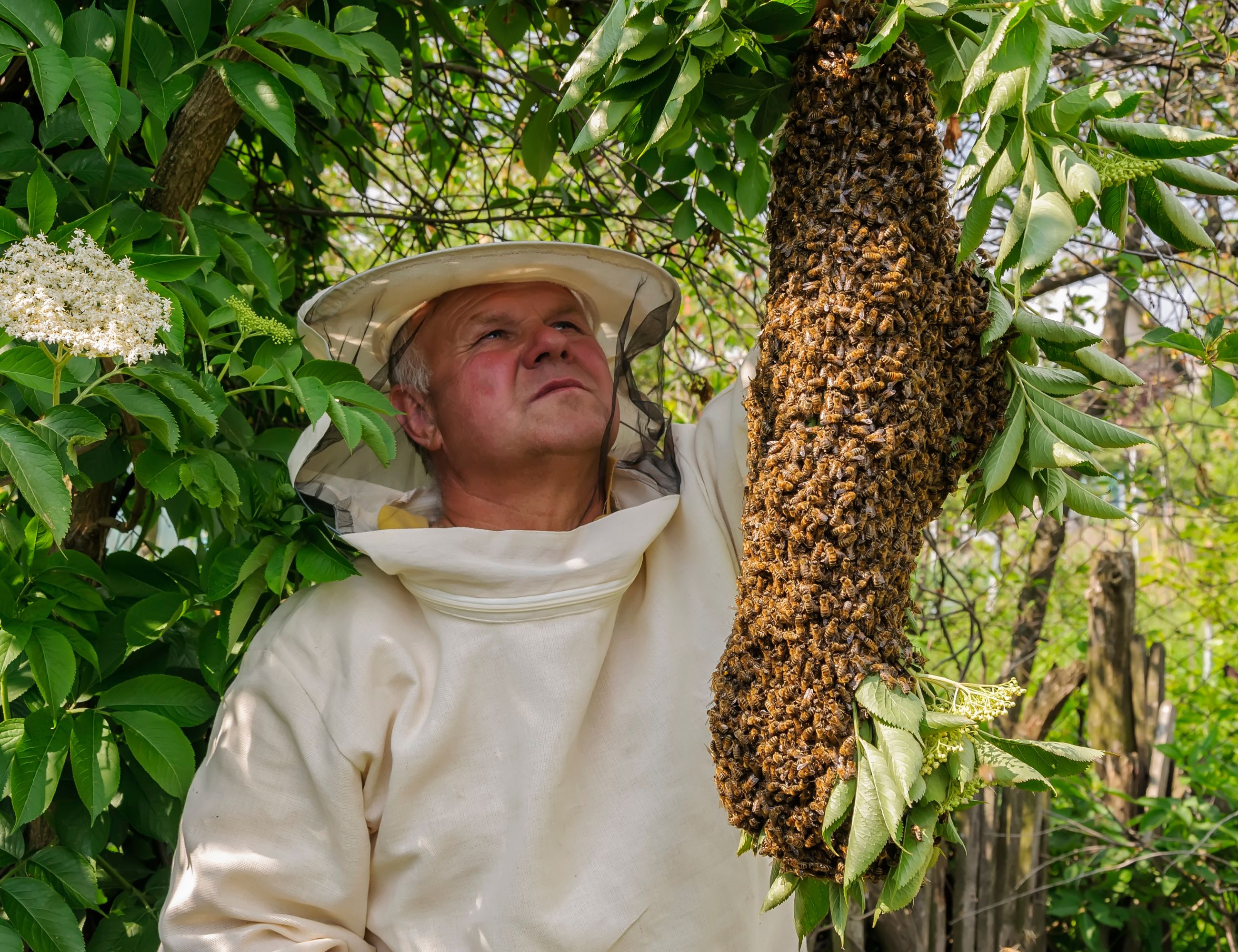
The bees then alight on an object and form a large cluster, with a few worker bees flying from this cluster to collect food and water and search for new potential homes.
While these clusters may appear frightening, they are in most cases, very docile, and the bees will only take defensive action when disturbed by being hit by stones or sticks.
But this does not apply to all swarms as Africanized bees and other swarming bees that have been deprived of food have been proven to be quite dangerous, even when not provoked.
A Treasure in a Swarm Trap
Honey Bee Swarm Management and Removal
The need to remove or manage swarms varies depending on location and the bees’ behavior.
In many cases, bee swarms that are just moving along without forming a cluster or establishing a nest in your garden shouldn’t concern you.
However, immediately action needs to be taken early if they seem to be establishing a colony in or around your home.
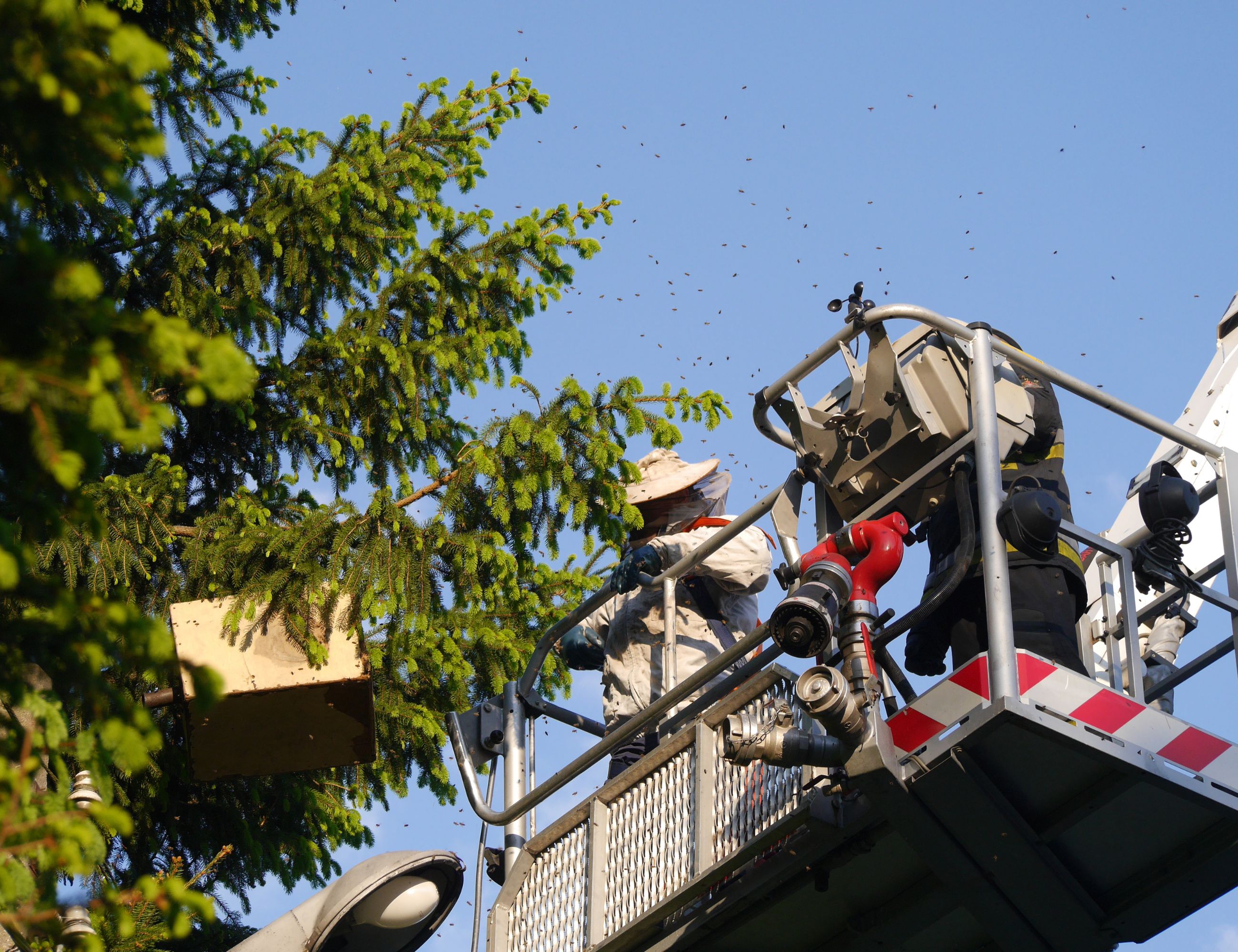
In some cases it can be hard to determine whether a cluster of honey bees on the side of a building are only resting there temporarily or slowly moving into inner parts of the building through a hole.
If the cluster is shrinking but not flying away, chances are that they may be slowly establishing a new colony.
Removing swarm clusters is relatively easy, but a lot of work is needed if the bees move into a cavity.
Beekeepers may offer to collect and remove swarms for free, but in many areas, your only option is to hire a structural removal company.
This is especially true for Africanized bee clusters.
Professional honey bees swarm removal services also take steps to prevent future swarming by removing the odour of bee wax that is normally very attractive to other swarms looking for new colonies.
Cavities and holes are filled with expandable foam and sealed to make them unsuitable for clustering or nesting
Swarms often decide whether your property is ideal an ideal location for your new after a one to three day look over.
Don’t wait longer than that, action has to be taken before they build a hive if possible.





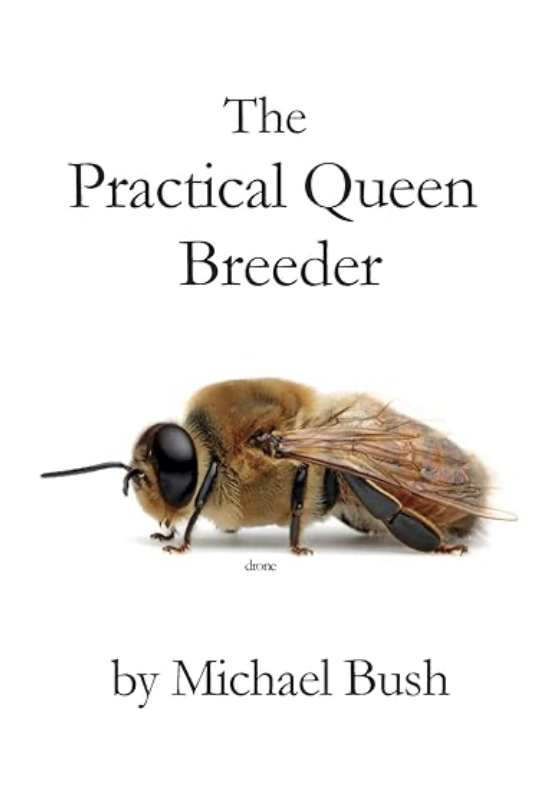

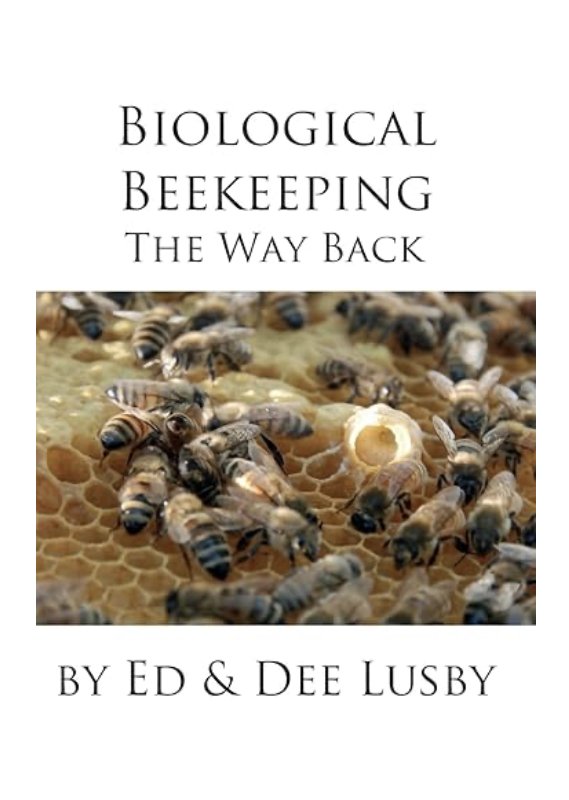

New! Comments
Have your say about what you just read! Leave me a comment in the box below.